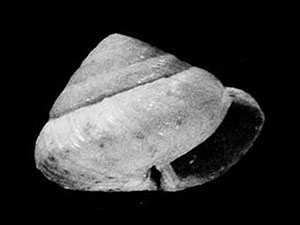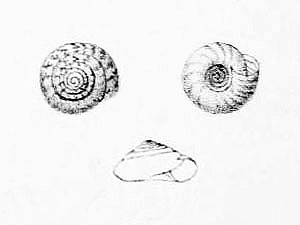Bermuda Flicker (Colaptes oceanicus)
The Bermuda Flicker was described based on fossil bones of Late Pleistocene age, however, at least one bone assingend to this species, a tarsometatarsus from a juvenile individual, dates to the Holocene. [2]
There is furthermore at least one account from 1623 which not only mentions what very likely is this species but which also gives a hint about the reasons for its extinction.:
“Neither hath the aire for her part been wanting with due supplies of many sorts of Fowles, as the gray and white Hearne, the gray and greene Plouer, some wilde Ducks and Malards, Coots and Red-shankes, Sea-wigions, Gray-bitterns, Cormorants, numbers of small Birds like Sparrowes and Robins, which haue lately beene destroyed by the wilde Cats, Wood-pickars, very many Crowes, which since this Plantation are kild, the rest fled or seldome seene except in the most vninhabited places, from whence they are obserued to take their flight about sun set, directing their course towards the North-west, which makes many coniecture there are some more Ilands not far off that way.” [1]
The native vegetation was destroyed for plantations, the birds were shot, and many were killed by introduced feral cats.
*********************
References:
[1] John Smith: The Generall Historie of Virginia, New-England, and the Summer Isles: with the Names of the Adventurers, Planters, and Governours from their first beginning, An: 1584. to this present 1624. With the Procedings of Those Severall Colonies and the Accidents that befell them in all their Journyes and Discoveries. Also the Maps and Descriptions of all those Countryes, their Commodities, people, Government, Customes, and Religion yet knowne. Divided into Sixe Bookes. By Captaine Iohn Smith, sometymes Governour in those Countryes & Admirall of New England. London: printed by I. D. and I. H. for Michael Sparkes 1624
[2] Storrs L. Olson: Fossil woodpeckers from Bermuda with the description of a new species of Colaptes (Aves: Picidae). Proceedings of the Biological Society of Washington 126(1): 17–24. 2013
*********************
edited: 02.11.2020






